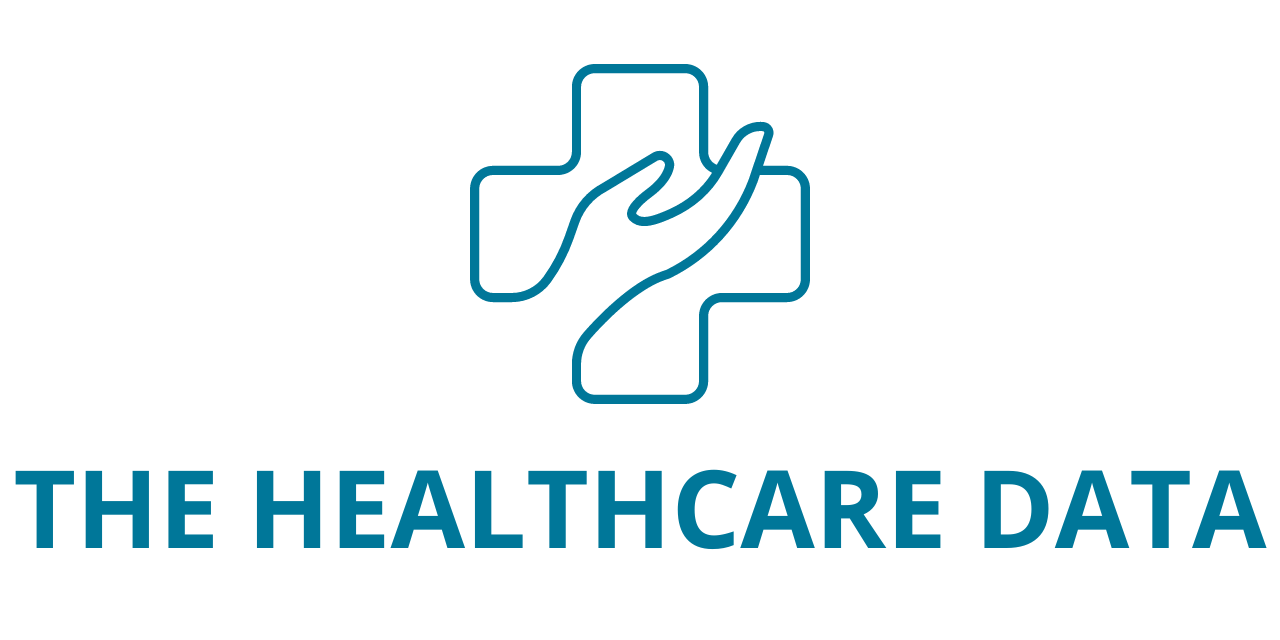
EarliTec Diagnostics, Inc. (“EarliTec”), a digital health company developing novel diagnostic and therapeutic products for children with autism and related early childhood vulnerabilities, today announced that The Journal of the American Medical Association (JAMA) published positive results from a Phase III trial demonstrating that its EarliPointTM Evaluation can effectively and accurately aid in diagnosing and assessing autism in children as young as 16 to 30 months old. The pivotal trial’s main findings were published in JAMA (“Eye-Tracking-Based Measurement of Social Visual Engagement Compared with Expert Clinical Diagnosis of Autism”), while feasibility trial results were published simultaneously in JAMA Network Open (“Development and Replication of Objective Measurements of Social Visual Engagement to Aid in Early Diagnosis and Assessment of Autism”).
“The demand for earlier and accessible autism diagnosis and objective assessment measures is great,” said Sreeni Narayanan, Chief Technology Officer of EarliTec. “We are extraordinarily proud of these published results that show a clinically-validated digital assessment tool can accurately identify very young children with autism and can objectively measure each child’s strengths and vulnerabilities, which is critical to inform individual care. This technology our team has developed, backed by solid evidence, allows providers to successfully see the world through the eyes of the child and quantify their behavior.”
Clinical data from the pivotal trial show that the EarliPointTM Evaluation, when compared to current best practice expert clinical evaluations conducted at six of the nation’s leading centers for autism diagnosis and treatment, accurately matched autism diagnoses and predicted children’s individual levels of ability and disability. The multi-site, prospective, double-blind study included 475 participants aged 16 to 30 months. The EarliPointTM Evaluation’s diagnostic performance had 0.90 (95% CI: 0.87-0.94) area under the receiver-operating characteristic curve, sensitivity of 78.0% (95% CI: 70.7%-83.9%), and specificity of 85.4% (79.5%-89.8%). Quantitative results provided by the EarliPointTM Evaluation also accurately proxied current gold standard measures of severity and ability, predicting 74.1% of variance in social disability, 88.8% of verbal ability, and 77.9% of nonverbal cognitive ability.
Results of the pivotal trial mirrored those of the preceding feasibility trial. In prospective, double-blind studies of 1,089 2-year-olds (719 in a discovery study and 370 in a replication study), the feasibility trial developed and then replicated the highly quantitative, performance-based, objective measurements at the core of the EarliPointTM Evaluation technology. In these studies, the EarliPointTM Evaluation diagnostic classifier proxied expert clinician diagnosis with 81.9% sensitivity (95% CI: 77.3-85.7) and 89.9% specificity (95% CI: 86.4-92.5) in discovery, and 80.6% sensitivity (95% CI: 74.1-85.7) and 82.3% specificity (95% CI: 76.1-87.2) in replication.
“These results leverage 15 years of basic science to demonstrate that biomarker-based technologies can provide a solution to the public health need for accessible and efficient early diagnosis and assessment of autism”, said lead author Warren Jones, PhD, Chief Scientific Officer and Founder of EarliTec, and Director of Research at Marcus Autism Center, Children’s Healthcare of Atlanta, and Associate Professor at Emory University School of Medicine.
Co-author, Ami Klin, PhD, Chief Clinical Officer and Founder of EarliTec, Director of Marcus Autism Center and Professor and Chief at Emory University School of Medicine, added “This is the first step toward alleviating the endless waits experienced by parents who need a prompt diagnosis for their children to access early intervention and supports, which, in turn, have the power to optimize lifetime outcomes.”
“EarliTec’s published data demonstrate vast improvements in earlier diagnosis and assessment for children within a realm of medicine in which the diagnosis is unnecessarily delayed or missed a great majority of the time,” said John Constantino, MD, Co-Author of the feasibility paper, and Chief of Behavioral and Mental Health, Children’s Healthcare of Atlanta. “This newly cleared technology provides not only an advance in prediction and diagnosis but an anchoring developmental measurement that will allow information to be systematically acquired on modifiers of risk that may combine with social visual disengagement to influence the severity of impairment. Or, that may help identify personalized strategies for the most effective developmental interventions for individual children.”
“As a mother and advocate, it has been amazing to watch the evolution of autism diagnosis from clinicians blowing bubbles to track eye movement, which was how my daughter was evaluated, to eye tracking technology the size of an entire room, to now having the first objective measurement tool the size of a tablet,” said Alison Singer, Co-Founder and President of the Autism Science Foundation, a non-profit organization dedicated to funding autism research and supporting the needs of people with autism. “The promise of this tool is that many more children, who previously weren’t diagnosed until age four or five, will now have access to diagnosis and treatment much earlier in their lives, when intervention can make the biggest long-term difference.”
The translation of this research from laboratory to clinic was made possible by transformational philanthropy from Bernie Marcus and the Marcus Foundation, who have also funded the Marcus Autism Center since 1991. Over the years, additional research support was provided by the National Institute of Mental Health, the Joseph B. Whitehead Foundation, and the Georgia Research Alliance.
Source link : https://www.businesswire.com/





